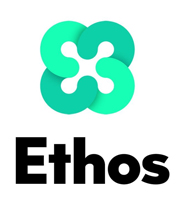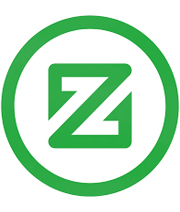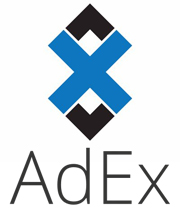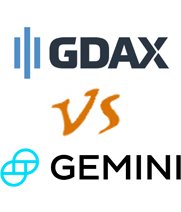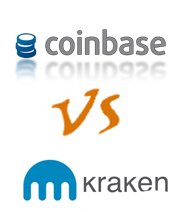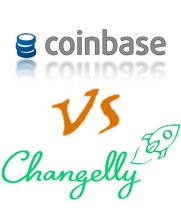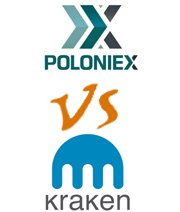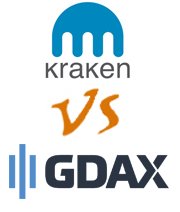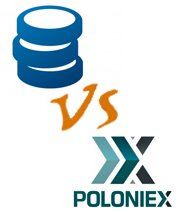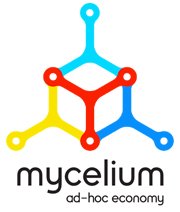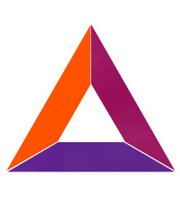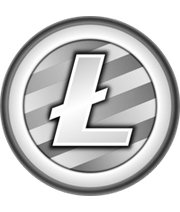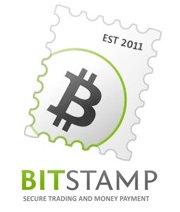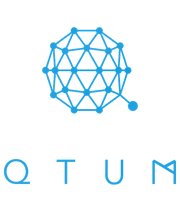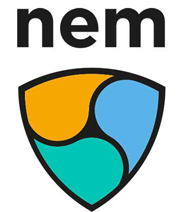
Table of Contents
Blockchain technology is the wave of the future, and in only a few short years it’s gone from a niche experiment to a legitimate force in finance and networking. The more it expands, however, the more b entrepreneurs and businesses will want to use it, but not all of them are into coding and software development – they’ll need an efficient and simple way to start using blockchain technology.
That’s what NEM (New Economy Movement) wants to offer: a blockchain platform that businesses can easily pick up and use to integrate blockchains with their existing setup.
With this little article as your guide, you’ll get an introduction to NEM, what it is, how it works, and how you can benefit from it.
How the NEM System Works
The core component of the NEM system is something they refer to as the Smart Asset System. This is a transparent, easy-to-work-with system that allows endless customization according to what the developer wants to do. Instead of using some specialized smart contract language, NEM’s API interface is meant to work with any and all programming languages, meaning you can use whatever coding you’re already used to.
It was designed specifically for quick transaction times and scalability.
NEM is also designed to be modular: it can be configured to work with smaller applications, or even just parts of certain applications. This way, a business doesn’t need to rebuild all its infrastructure just to make it compatible with the blockchain – it can be done at your pace.
By making the system compatible with a number of languages and having easy functionality, NEM is able to support any number of apps and app connections – for example, an app can interact with the NEM blockchain and an off-chain server, if one wanted.
Here’s how it works: the developer defines an NEM Address, something that can hold assets of any kind (data, currency, etc), then a Mosaic, an asset that represents the address and can be transferred. That’s the basic model.
The result is a system that allows you to create any sort of application (whether complex or simple) and hook it into the NEM blockchain quickly and easily.
NEM also offers a private blockchain option for those who want increased user privacy and security.
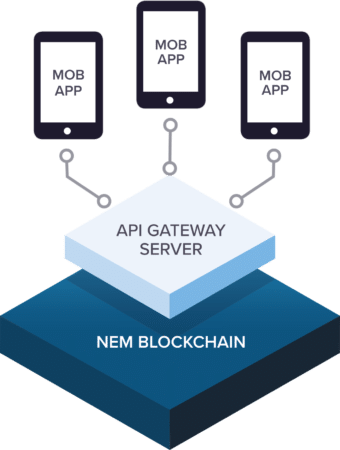
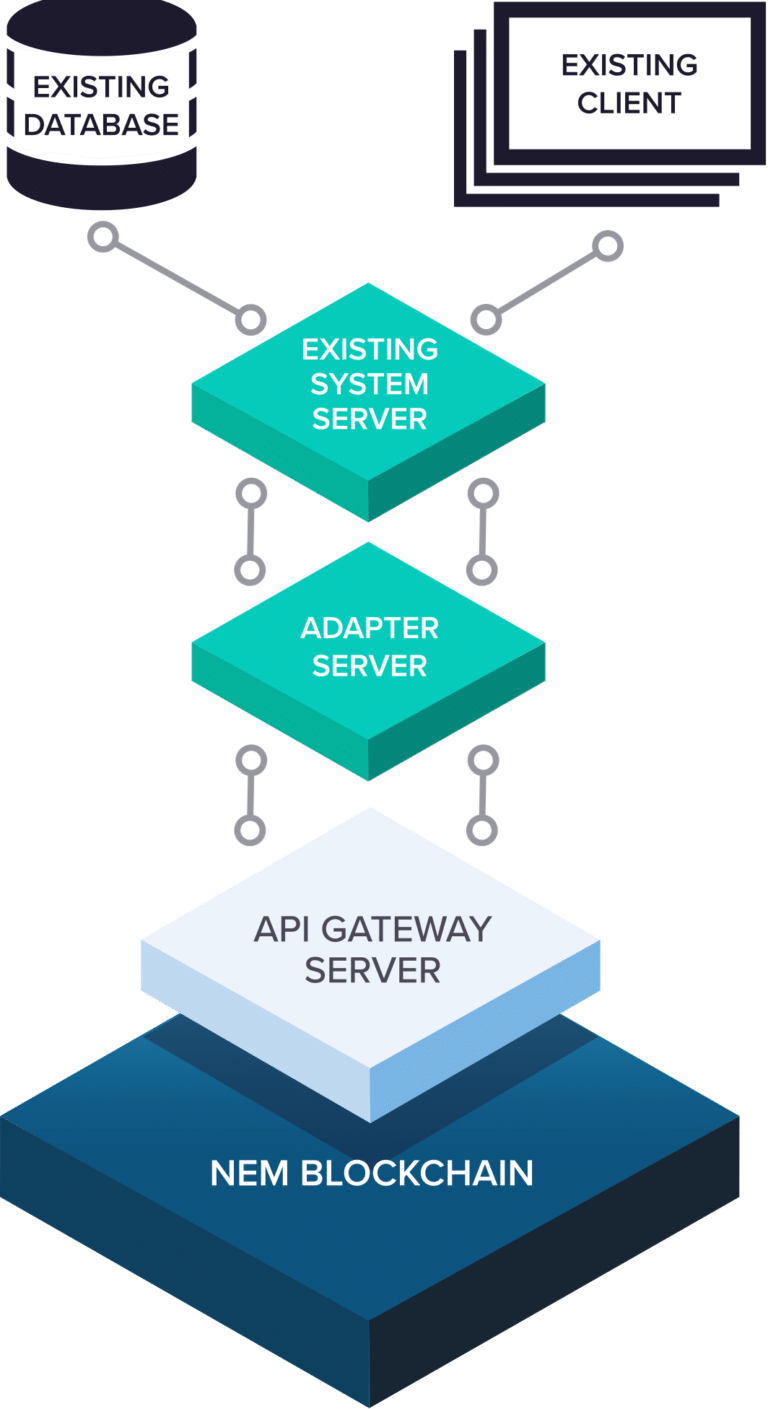
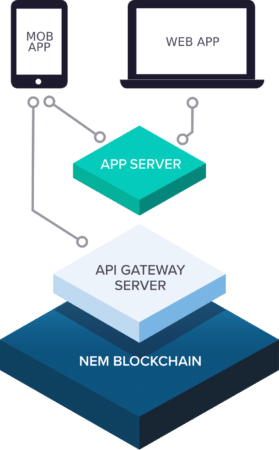
NEM Harvesting
Unlike many other cryptocurrencies which use proof-of-work consensus to create new blocks, NEM uses something called proof-of-importance. It’s an algorithm that puts an emphasis on users participating with the network, and increases decentralization by spreading the work among different nodes. Rather than “mining,” NEM uses something called harvesting. A node’s ability to harvest is determined by its importance score.
Harvesting starts off with a user node. The user node puts XEM (the NEM currency) in their wallet, and those coins begin to vest. As time goes on, the network will start to count your coins (you need a minimum of 10,000 XEM) towards your importance score. The more you have and the longer you have them, the higher your score will go.
But that’s not the only thing that helps your importance score. The NEM network also tracks transactions, keeping count of who’s contributing to the network and getting involved with the platform and who isn’t. The more transactions, the higher the score.
When you combine the effects of vesting and transacting, you get an importance score that then determines how “likely” your node is to harvest XEM.
While proof-of-work is computer-intensive and therefore requires costlier and more powerful machines to get more coins out of it, proof-of-importance puts the focus on user interactions and investment in the platform, meaning anyone can do it even if they have a cheap machine.
This system also encourages users to stay with the network and contribute to it longer and more actively, instead of merely providing a mining opportunity that can turn someone a profit in a short amount of time. Instead, the longer you’re involved, the more you’re rewarded.
It’ll be interesting to see how this unique system of reward contributes to the health and longevity of the network over time.
NEM’s Features
NEM has a number of other features to its credit. One is a reputation system that rewards “honest” nodes (that provide regularly-verified information) with reputation points.
There are also spam filters that reduce the chances of the network overloading with unnecessary or worthless transactions, and a messaging system that uses encryption – on the blockchain, too, we might add.
The platform also supports multi-party use, with the option to require multiple signatures on a transaction before it’s performed.
Privacy on the NEM Network
The NEM system allows quick use of their public blockchain, but as we mentioned above, there’s an option to work with a private NEM blockchain. With these, developers can choose which nodes to deal with, in essence creating their own custom network.
The private blockchain doesn’t have many of the cool features that the public one has, but it makes up for that with increased privacy and security, in the case of businesses working with sensitive user data.


NEM vs Ethereum
These platforms are slightly different, despite their similarities. Both of them are blockchain platforms that encourage development, as both provide tools to developers to create apps that work with their blockchains. Ethereum works with smart contracts, while NEM has an API that supports different languages and can be used for custom apps. NEM is intended for developers and businesses, while Ethereum is primarily a currency, with its extra development features being secondary. Ethereum has the advantage of already being up and running, while NEM, on the other hand, is still getting off the ground.
NEM vs Ripple
Both of these platforms are blockchain-based networks that aim to improve commerce in some way. While NEM is focused on creating a user-friendly environment for businesses to develop their own blockchain-based apps quickly and easily, Ripple is primarily a payment system, using their native currency as a way to increase liquidity for cheaper and faster transactions. NEM’s currency XEM, on the other hand, isn’t intended as a liquid resource and is instead mainly a reward for activity on the network. Both networks focus on scalability of their platforms, as well. NEM has a setup designed for decentralization through user nodes, while Ripple seems more centralized overall. Both platforms also offer their own wallets, and the networks can be accessed not only via computer, but from mobile devices as well.
NEM vs NEO
These platforms are both blockchain-based networks, but they have very different uses. NEM is a blockchain network with an API that allows businesses to easily make their own apps that can interact with the blockchain. NEO, on the other hand, is a network that focuses on smart contracts and payments, more like Ethereum in a way. Both have their own tokens, but while NEO cannot be “mined” (only traded and bought), XEM can be mined by having an account with high “importance” (derived from activity and time spent with the network).
Frequently Asked Questions
- What is the NEM XEM price?
It was around $0.46, last we checked. - Is NEM (XEM) on Reddit?
Yes, it has a community there. - How do I buy NEM?
You can buy it from Upbit, Poloniex, and Bittrex, among others. - Where do I read NEM news?
Probably on Reddit, Twitter, and from crypto blogs. - Is NEM “crypto”?
In a way, yes, NEM’s token is a cryptocurrency, since it’s a token being traded on crypto markets. - Do you know how to buy NEM cryptocurrency?
Check out one of the exchanges trading it and buy it with whatever it’s trading with. - Is there a NEM wallet?
Yes. - Is NEM a blockchain?
Yes, the network has its own blockchain. - What is NEM?
It’s a network that provides tools for app development and integration with its native blockchain. - What’s the best way to buy NEM?
Go to one of the bigger exchanges trading in it and buy it with whatever crypto they accept. - Is NEM on Kraken?
No. - Is there a NEM wallet app?
Yes. - Can I buy NEM with USD?
Yes, it looks like Xrates and Livecoin allow that.
Conclusion
Until now, only businesses with specialized engineers and developers on contract could work with blockchain technology. Now, with a platform like NEM, the world of blockchains are being opened up to those who weren’t able to take advantage of it before. With ease-of-access, a developer-friendly setup, and the promise of quick transaction speeds and different features like multi-party signatures, NEM could very well become the best business-oriented blockchain network in the game. Until now it’s mainly been for a dedicated sub-culture of developers, but hopefully with platforms like NEM at the fore, there will be a sea-change in how platforms approach businesses. Hopefully, instead of merely offering their services to businesses, they’ll start doing what NEM is doing: giving them the ability to do things themselves.



